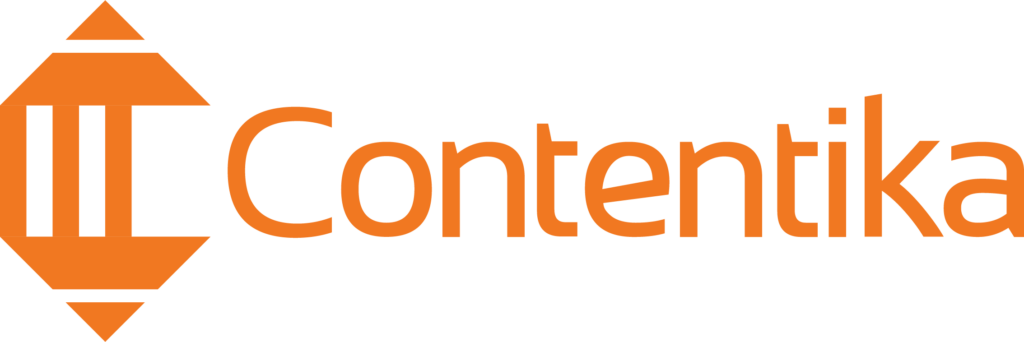Strategies for Making the Most Out of Your Content Distribution Matrix

As a marketer, you understand that in order to maximize your reach and boost customer engagement, you need a content distribution matrix. But most times, your sweats don’t just measure up to the results you ultimately see. It feels like the content is just floating around in space with no real direction or purpose. “What’s the missing puzzle?”, you might wonder. Well, if you find yourself in this position, we know one thing for sure – you need an efficient content distribution matrix that specifically works for your business. In this one-stop guide, you will learn how to identify the most effective channels for your specific audience, create a clear distribution plan, and track results to ensure maximum ROI. Before diving into the various channels, let’s first understand the concept of the distribution matrix. What is a Content Distribution Matrix? Content distribution matrix has to do with the visual representation of where and how your content will be shared. It allows you to outline the different channels and platforms that you’ll use to distribute your content, along with the frequency and timing of these distributions. The concept behind the content distribution matrix is to recognize that certain content types and channels work better for certain audiences. By understanding the specific needs and preferences, you can develop a distribution plan that maximizes reach and engagement. Let’s illustrate. Say you’re a B2B marketer targeting C-level executives. Your content distribution plan will likely involve LinkedIn and industry-related events instead of a B2C marketer targeting Gen Z on Instagram. So, content distribution matrix helps you prioritize where to focus your efforts and track the success of each platform or content distribution channel. And as a marketer, this can help you plan out their content strategy and allocate resources accordingly. Overall, the idea is to map out the specific content distribution channel that best aligns with your audience and content type rather than randomly posting on every single platform without a clear strategy. Content Distribution Strategy – Step-by-step Process As it is well known, planning is the key to success. The same goes for your content distribution strategy. When you always wish to achieve the most in the content distribution matrix, we recommend you follow these steps. 1. Identify Your Audience Before creating a content distribution matrix, it’s crucial to have a clear understanding of your target audiences. This will help you determine the most effective channels for reaching them. Ask yourself who they are, what their interests are, their demographics, and their pain points. Then, research where they typically hang out online – which social media platforms do they use the most? What kind of websites or publications do they read? Consider conducting audience research through surveys, interviews, and online analytics tools to gather more insight. By understanding your audience, you’ll be able to zero in on the channels that will best reach them. 2. Set Goals/Objectives and Measure Results It’s important to define what you want to achieve with your distribution strategy. Do you intend to increase organic traffic to your website? Generate leads? Improve brand recognition? By having specific goals in mind, it will better guide your decision-making and give you a precise measure of success. In all, your goal must be SMART – specific, measurable, attainable, relevant, and time-bound. Also, set specific goals for each channel and track your results to see what’s working and what may need improvement. This will help you continually optimize your content distribution plan. Use analytics tools such as Google Analytics or Hootsuite to track and measure metrics such as website traffic, social media engagement, and conversions. 3. Match Content Types with Channels With a clear understanding of your audience and goals in mind, it’s time to determine which content distribution channels will work best for your content distribution strategy. As mentioned earlier, consider where your audience hangs out online, where your competitors are most active, and where your content will perform best. Some options to consider include social media platforms, email marketing, owned websites or blogs, paid advertising, PR outreach, industry publications, and influencer marketing. For example, if you’re a B2B business, LinkedIn may be a better choice for distributing content than Instagram. And if you have visual content, platforms like Pinterest and Instagram may be more suitable than Twitter. You can also consider creating different versions of the same piece of content to cater to various preferences. For example, you could repurpose a blog post into an infographic for visual learners or create a podcast episode for auditory learners. Note that the content distribution channels you eventually choose must align with your overall objectives and target audiences. 4. Plan and Determine the Frequency Next, consider when and how often you’ll distribute your content on each channel. To start, create a content calendar and schedule when you’ll publish new content and when you’ll repurpose or promote older content. This will help keep your distribution plan organized and ensure a consistent flow of content. When determining frequency, consider the platform’s algorithm and what works best for your audience. For example, LinkedIn’s algorithm favors frequent posting, while Instagram tends to favor quality over quantity. Also, consider the peak times when your audience is most active on each channel and schedule your content accordingly. This can greatly impact engagement and reach. 5. Promote and Amplify Your Content Once you’ve outlined your distribution plan, it’s time to get the word out about your content. Consider paid advertising options, such as promoting social media posts or Google ads, to increase visibility and reach a wider audience. Also, consider reaching out to influencers in your industry (“influencer marketing”) who may be willing to share your content with their followers. Additionally, don’t underestimate the power of employee advocacy. Encourage your employees to share company content on their personal social media profiles or reach out to their professional networks via email. This can significantly expand your reach and increase trust in your brand. And finally, make sure you have sharing buttons readily


